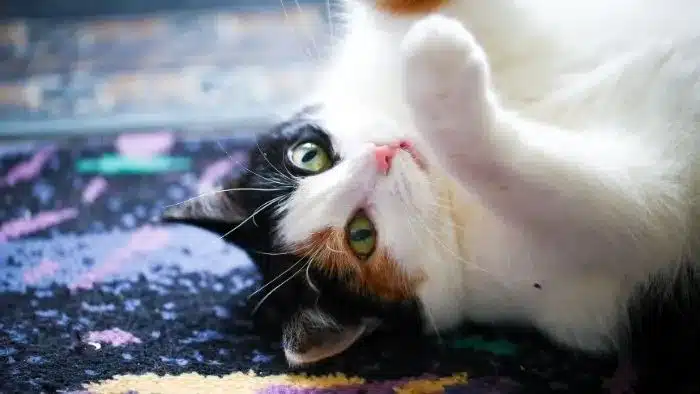Does Coat Color Affect Cat Personality?

Step into the world of cats, and you’ll be drawn to their beautiful coat colors. From warm orange to elegant black and white, from unique tortoiseshell to bright calico, each pattern has its own charm. Many cat owners wonder: is there a hidden link between a cat’s color and its personality? Is it just a coincidence, or is there a pattern? Let’s explore the possible connection between coat color and personality.
1. Scientific View: No Clear Link Yet
So far, science hasn’t proven a definite link between a cat’s color and its personality. Coat color comes from genes that control pigments, while personality is shaped by genes, environment, and life experiences. Some older studies tried to compare behaviors of cats with different colors, but they had too few subjects and weak methods, so their results aren’t convincing. A few studies suggest some genes might affect both coat color and the nervous system, hinting at a possible connection. But this is still early, and we need larger, more thorough studies to confirm it. Until then, thinking about color and personality is a fun idea—not a fact.
2. Common Colors: Experience-Based “Labels”
Among cat owners, certain colors get personality “labels” based on experience. Orange cats are often seen as gentle, friendly, and lazy. They seem to love food, relax easily, and enjoy being petted. They often answer their owners’ calls. Black-and-white cats, especially “cow cats,” are viewed as lively and funny. They have lots of energy, run around the house, and show curious behaviors that make people laugh. Calico cats are often called independent. They interact with their owners, but also like spending time alone and have strong opinions. Tortoiseshell cats have a unique coat, and owners say they’re mysterious and sensitive. They notice small changes in their environment and need patient, careful care. These labels can’t describe every cat, but they offer a playful way to think about personality.
3. Individual Differences: Breaking the “Labels”
Even though some colors have common labels, each cat is unique. Differences between individuals are much bigger than any general color link. Cats from the same litter can have the same color but very different personalities. An orange cat might be mischievous and active, instead of calm and lazy. A black-and-white cat might be quiet, not energetic like a “cow cat.” Personality also changes as a cat grows. Kittens raised with people and love tend to be more friendly. A cat that lived as a stray or faced scary events may be shy or nervous. Health matters too—long-term illness can make a cat irritable or depressed. So don’t judge a cat’s personality by its color. Spend time with each cat to discover its true character.
4. Multiple Factors: A Complex Network
Besides coat color, many factors shape a cat’s personality. Genes set a basic temperament, and different breeds often show certain traits. For example, Siamese cats are smart, active, and love people, while Ragdolls are gentle and friendly. The environment is also key: a calm, safe home helps a cat feel relaxed and become outgoing, while a noisy or threatening place can cause fear and anxiety. How an owner raises their cat matters too. Owners who interact often, show patience, and give love are more likely to have gentle, trusting cats. Social experiences—time with other cats, pets, or people—also play a role. Good socialization makes a cat confident and friendly. All these factors together form a complex web that shapes personality.
The idea of linking coat color to personality comes from both science and owner stories. While there’s no clear proof of a direct link, it’s fun to think about. When you live with cats, don’t let color “labels” limit you. Show each cat kindness and love, and appreciate its individual personality. After all, no matter what color they are, each cat is a unique and adorable companion.
